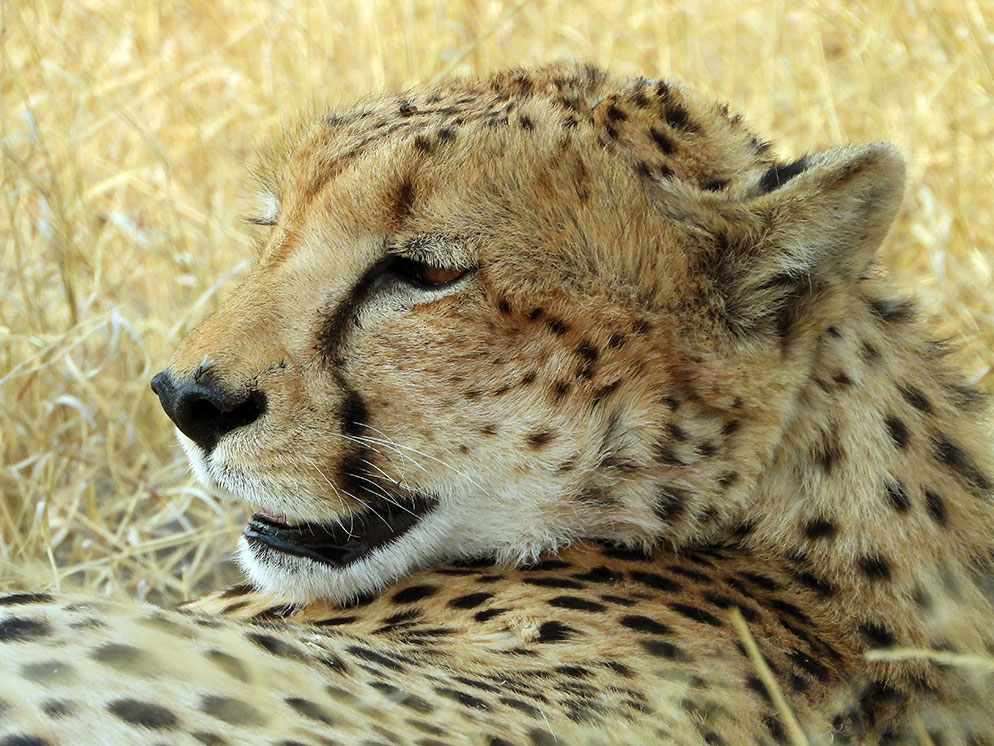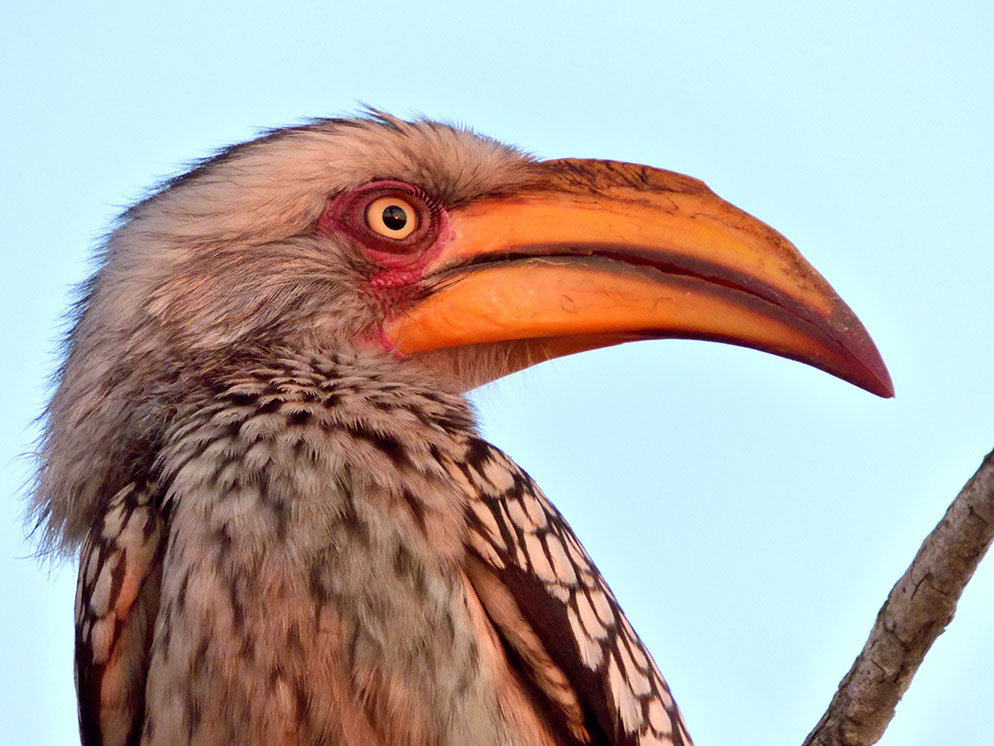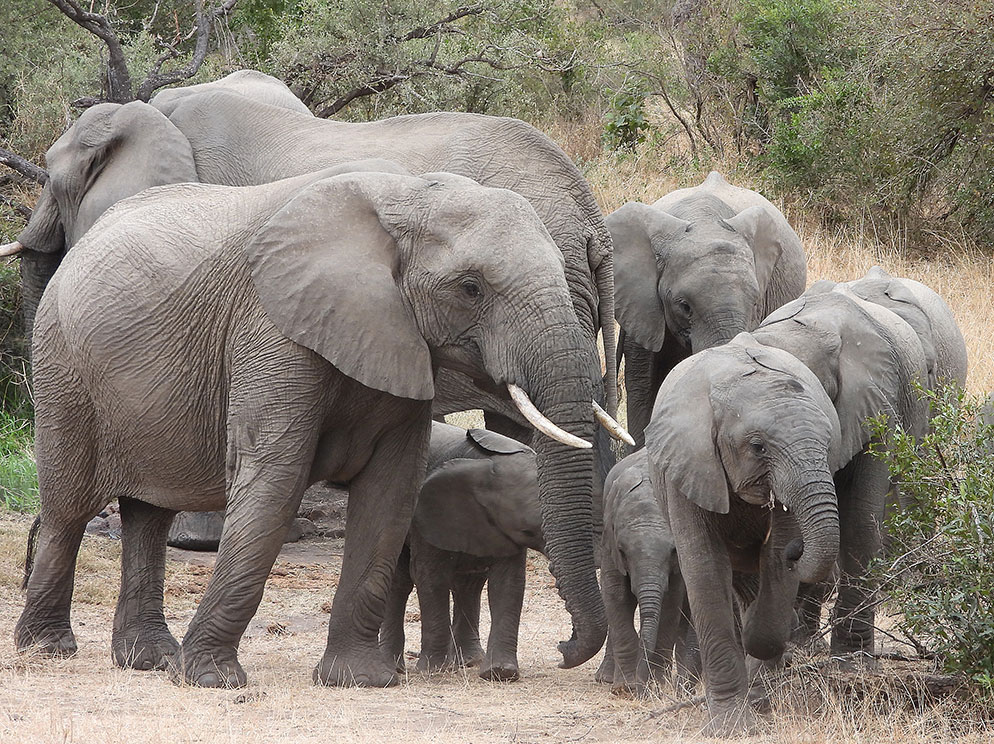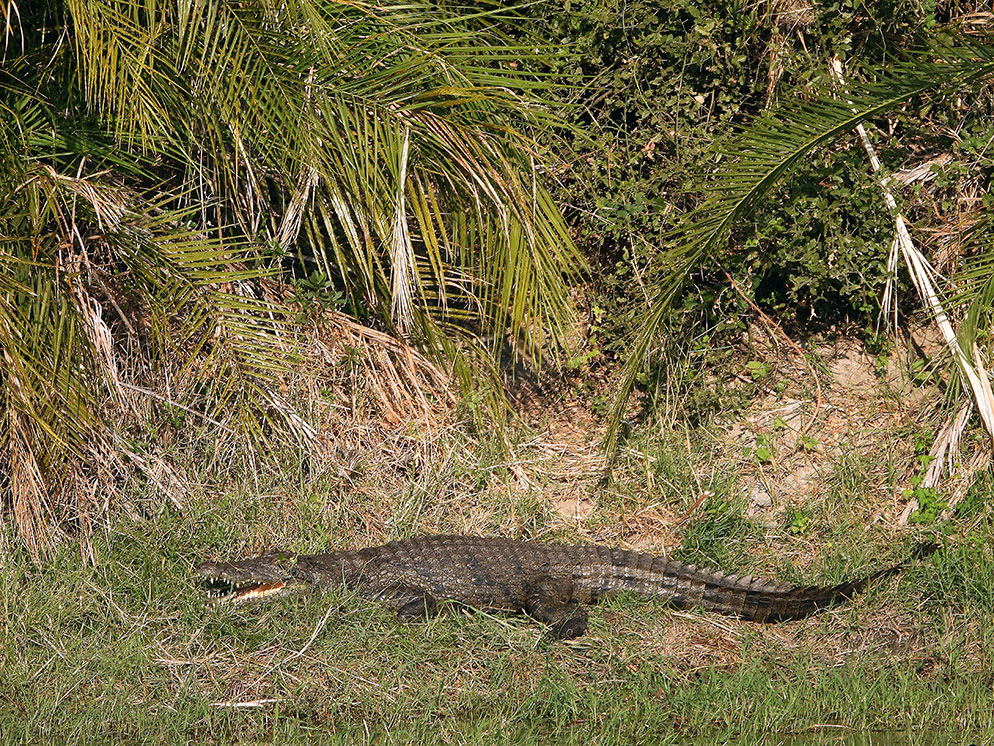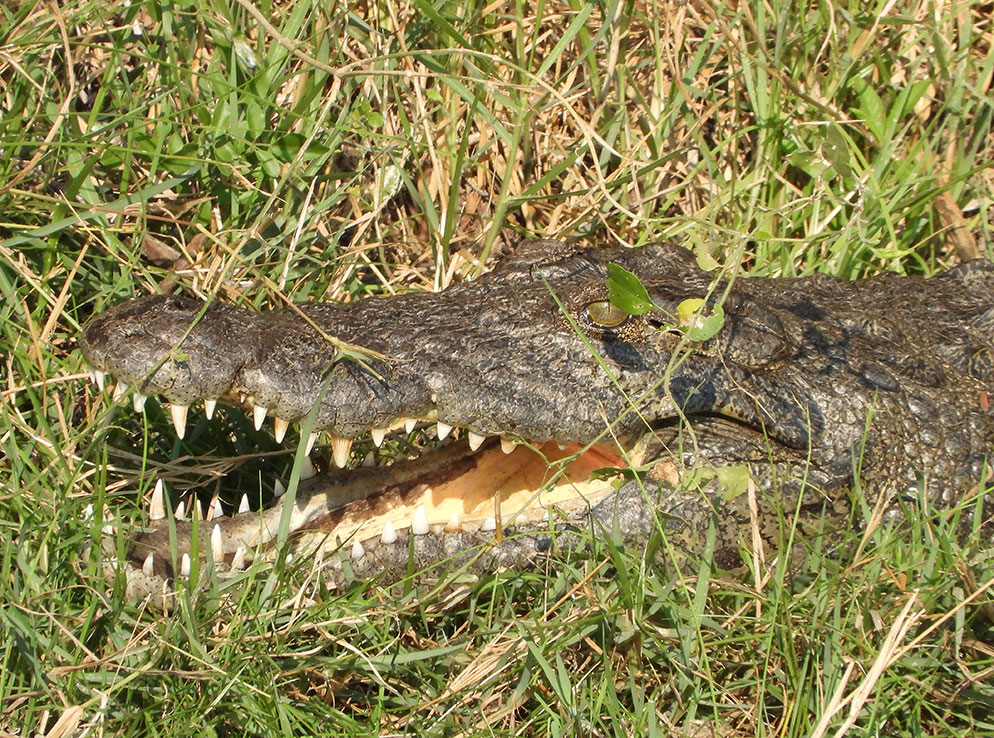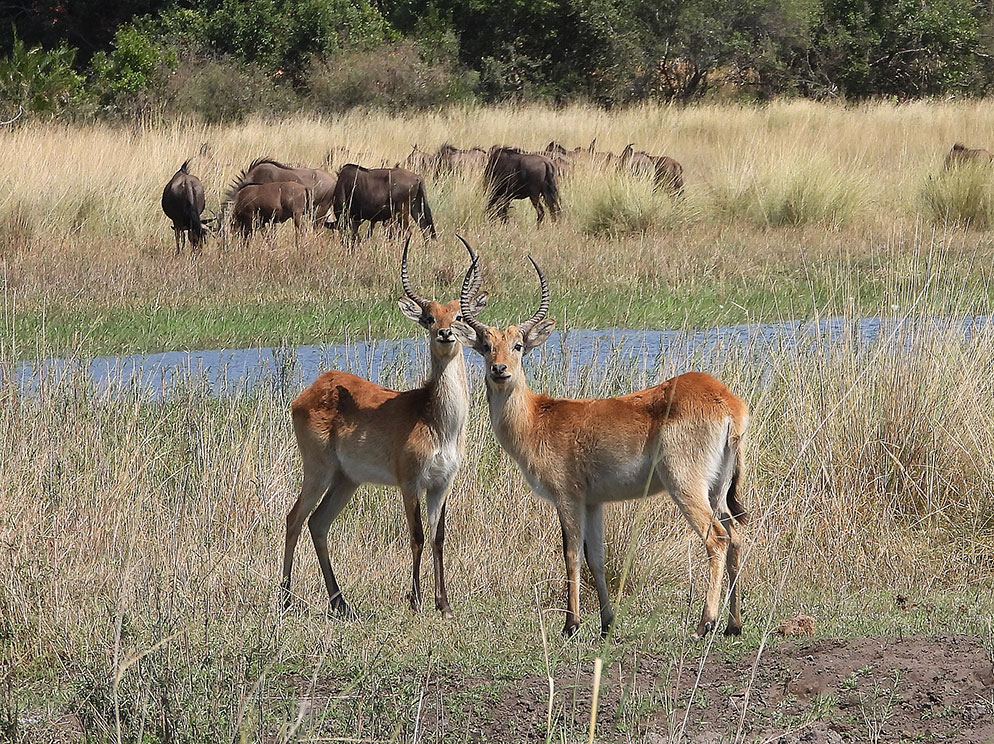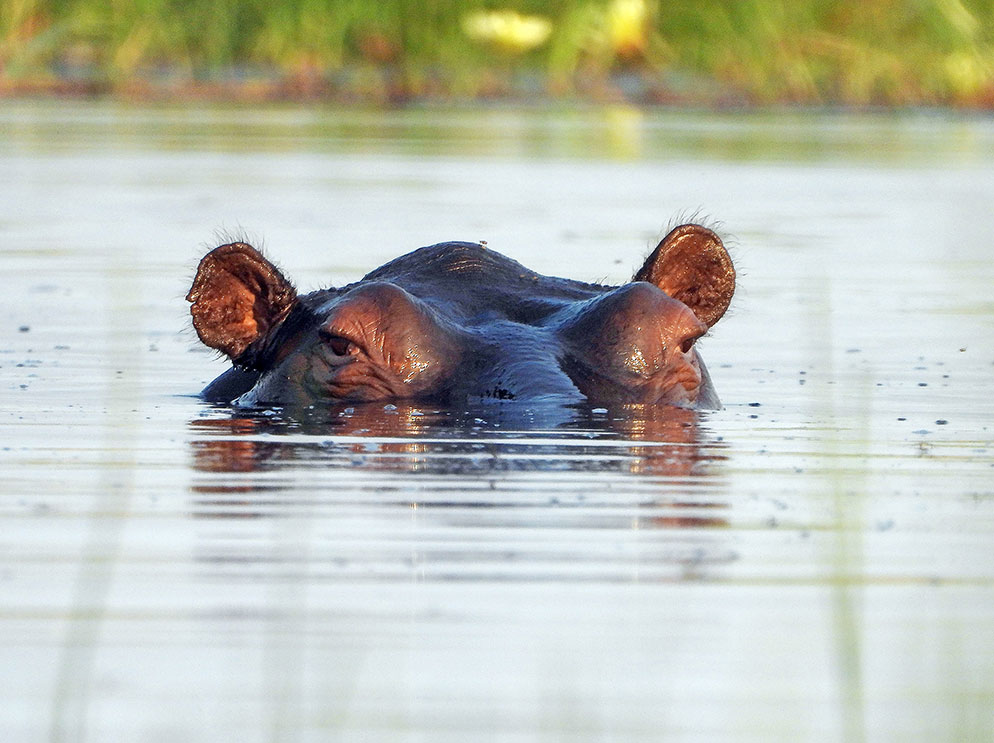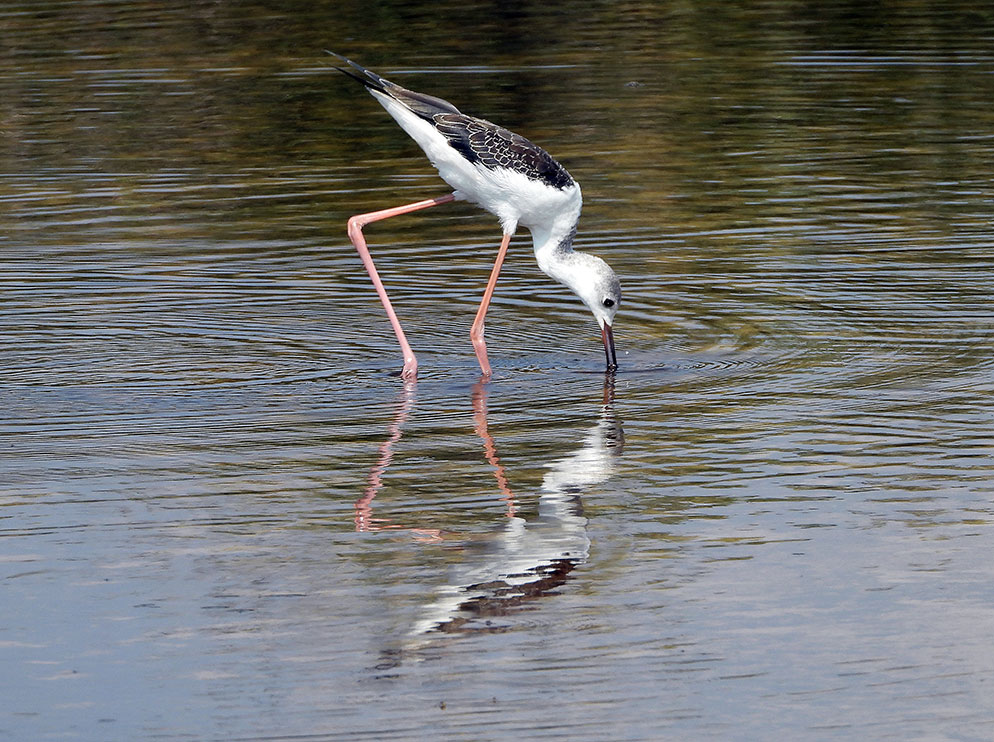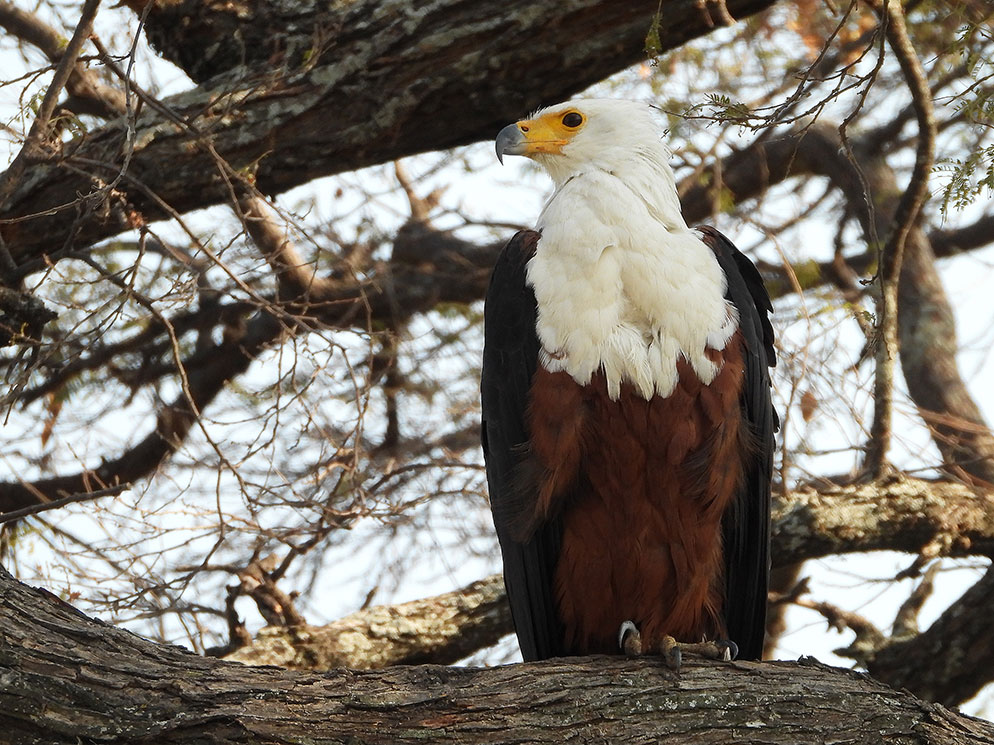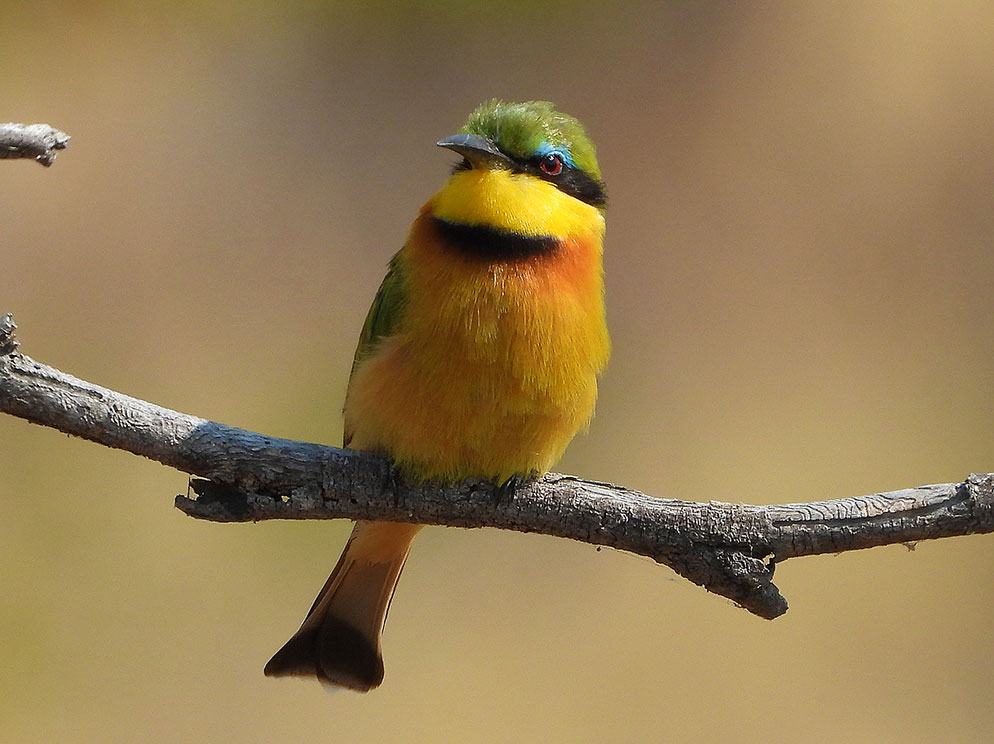Meeting the Challenge: A Photo Safari with the Astounding COOLPIX P1000
"Like any bird, you can't get really get close to the yellow-billed hornbill without it flying away," Ron says, "so to be able to fill the frame [at the 35mm equivalent of 1800mm] with that bill, and in fairly low sunset light—that's saying something about the camera." COOLPIX P1000, 1/320 second, f/6.3, ISO 400, program exposure, Matrix metering.
Not long ago, while he was planning a trip to Africa, Ron Magill heard about the COOLPIX P1000's far-reaching 4.3-539mm zoom lens. In the 35mm format that's the equivalent of 24-3000mm, and those numbers got his immediate attention.
"One of the biggest challenges photographing wildlife in Africa—especially birds—is getting close enough, even with my long glass," Ron says. (His long glass, by the way, is the AF-S NIKKOR 500mm f/4G ED VR.) "So when I heard about the P1000 with its unbelievable zoom, I was curious to see how it would work out there."
So he called us and asked if he could borrow a P1000 for the trip.
Ron cited the "tremendous flexibility" of the camera to go from a close-up of the hornbill to the wider shot of this group (at 155mm in 35mm equivalent) and then, if he wished, zoom in on the eye of one of the elephants, all without changing lenses. "I was getting spoiled by the camera," he says, "and this is one photo where I asked my wife, who was shooting with it, to let me use it for the shot." COOLPIX P1000, 1/60 second, f/4, ISO 125, program exposure, Matrix metering.
"Done," we said. He is, after all, Ron Magill—wildlife expert, communications director at Zoo Miami, winner of five Emmy awards for nature documentaries, a frequent go-to guest on radio and television shows and an enthusiastic advocate for wildlife preservation.
And he's a Nikon Ambassador.
And, like Ron, we wanted to see how it would work out.
And maybe there'd even be a story in it—one we could share with you.
In Botswana, a Nile crocodile at 145mm in 35mm equivalent. COOLPIX P1000, 1/400 second, f/4, ISO 100, program exposure, Matrix metering.
The same croc at the 35mm equivalent of 500mm. COOLPIX P1000, 1/320 second, f/5, ISO 100, program exposure, Matrix metering.
And at the 3000mm equivalent. "I took the sequence to show what the camera could do, hand-held, from a wide view to just the crocodile's head, without me taking a step. What other camera does that?" COOLPIX P1000, 1/400 second, f/8, ISO 400, program exposure, Matrix metering.
Geared Up...and Down
"So how was the trip to Africa?" we asked when he came back.
"I've gotta tell you, it really surprised me," he said. We knew he couldn't mean the visit—Ron's been to Africa countless times; nothing would surprise him. He had to be referring to the P1000. And he was: "I can't believe you can have an optical zoom like that in a camera you can carry around so easily."
Of course he carried his DSLRs—the D500 and D5—in addition to the P1000, and several NIKKORs, including the AF-S NIKKOR 80-400mm f/4.5-5.6G ED VR, the AF-S NIKKOR 14-24mm f/2.8G ED and the aforementioned "long glass," the 500mm f/4G.
Ron makes an annual pilgrimage to Africa. "It's a place I have to go to every year to take pictures and better educate myself about wildlife and conservation efforts," he says. "I work on a variety of conservation programs that I write papers about, and I need the photographs to support the writing. That's how I got into photography in the first place. I'd write papers for magazines, and at first I was calling stock agencies for the photographs to illustrate the stories. I was flabbergasted at how much they'd charge for a photo, so I started taking the pictures myself."
This trip was to South Africa and Botswana, and the plan was to switch back and forth between the pro cameras and the P1000. When Ron wasn't shooting with the COOLPIX, his wife, Rita, was.
"And she got some amazing shots," Ron says.
Because of the camera's long ranger of a zoom lens, the versatility of the P1000 is evident from the moment you pick it up, but as Ron found, there are other impressive features. One of them he discovered on his return. "You can get beautiful prints from the P1000 files," he says, "and when you're shooting at the 3000mm end of the telephoto range, it's almost the equivalent of an image that you crop into to get a section to enlarge. With that kind of reach, it has that 'isolate part of the image' ability." (And since he mentioned reach, we should point out that there's even more to the P1000: a Dynamic Fine zoom setting that's the 35mm equivalent of 6000mm and a Digital Zoom range equivalent to 12,000mm.)
Ron took this from a dugout canoe with the P1000's lens at the 35mm equivalent of 1800mm. "The hippo is the most dangerous animal in Africa—you can't get close without putting your life in danger." He notes that a camera like the P1000 also pays off for shots like this one "when you're in places where it's hard to manage big gear or lens changing." COOLPIX P1000, 1/500 second, f/6.3, ISO 160, program exposure, Matrix metering.
Spreading the Word
"There are a lot of fine photo products out there that I know about," Ron says, "but I'm not the kind of guy who goes around all the time telling his friends, 'You gotta buy this.' But as soon as I shot with the P1000, I thought, I know people who need this camera. Many of them are birders, and five of them now have the camera. Others travel, and they always have one body and maybe a 28-200mm lens and they say, 'That's all I can take, I don’t want to carry any more weight.' Now there's a solution: one camera with a 24-3000mm reach. This is the camera that's going to be your hiking buddy if you don't want to load up a backpack with gear. It's a really great for the amateur who wants fantastic versatility without carrying 50 pounds of gear."
Well, now we know how it worked out.
A cheetah up close with the P1000's lens at the 35mm equivalent of 1400mm. "That's more than twice as much as I'd get on my DSLR with the big glass. And this is hand-held—think of hand holding a 1400mm lens. The VR [Vibration Reduction] built into the camera make it all work." COOLPIX P1000, 1/400 second, f/5.6, ISO 400, program mode, Matrix metering.

